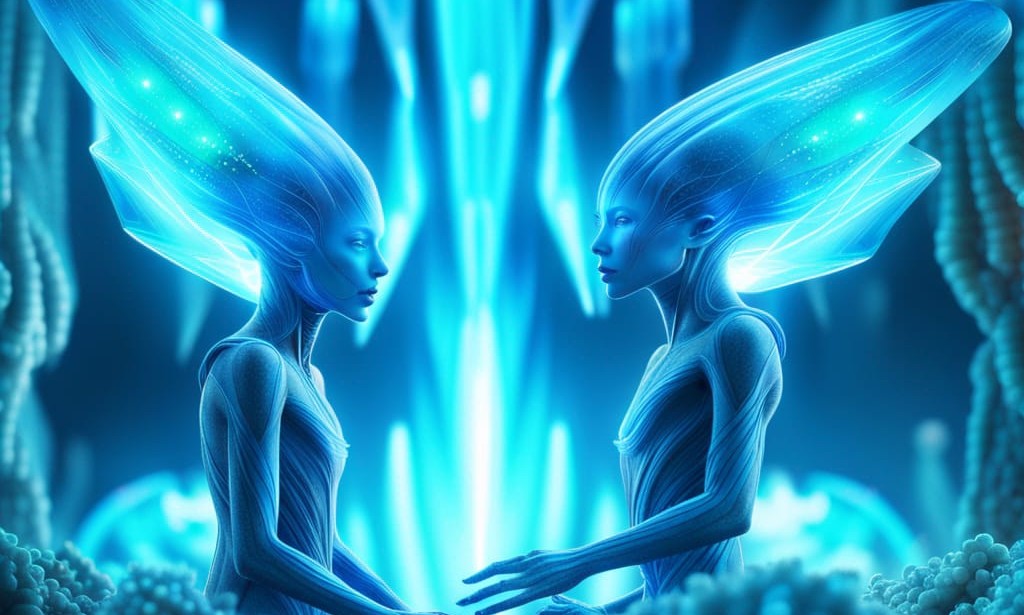The Elusive Plasma-Based Lifeforms
Plasma physics, while relatively new, has been regarded as an arena of breathtaking discoveries, but recent breakthroughs have brought a new level of intrigue to this field. Navigating the depths of this electrifying science, we find ourselves at the threshold of a fascinating frontier – the existence of plasma lifeforms.
The Nature of Plasma
Typically, plasma is referred to as the "fourth state of matter," distinct from solids, liquids, and gases. Most limit plasma to only being a superheated, electrically charged gas in which electrons are separated from atoms, creating a sea of charged particles. Stars, lightning, and neon lights are all examples of plasma in the natural world. However, cold plasmas also exist, and often at room temperature and ambient atmospheric pressure. These forms of plasma hold much promise for everything from medical remedies and treatment interventions, to advanced aerial propulsion systems.
The Plasma Universe
Modern discoveries in plasma physics have given rise to the understanding that a significant portion of the universe is comprised of plasma. Some 99% of the observable Universe is said to be composed of some form of plasma- hot or cold. This electrified matter doesn't behave like conventional gases, and its dynamics are heavily influenced by electromagnetic forces. Enormous structures known as "plasma filaments" can be observed in the cosmos, spanning vast regions of space.
From Lightning to Lifeforms
It is in these astrophysical plasma environments that the concept of plasma lifeforms begins to take shape. Lightning, for instance, represents an example of electrically charged plasma that displays complex, self-organizing behavior. Recent research has shown that in certain conditions, these electrical discharges exhibit characteristics akin to living organisms. However, the lifespan of the usual bolt of lightning is only a few seconds at maximum.
The Principles of Life
Intriguingly, many attributes of life can be attributed to plasma phenomena. Reproduction, metabolism, and response to environmental stimuli are some of the characteristics shared by both traditional lifeforms and these newfound plasma entities. This raises the question of whether life, in some form, can exist in environments vastly different from what we've traditionally imagined.
Challenges and Frontiers
While the existence of plasma lifeforms opens up exciting new avenues for exploration, it also poses significant challenges. Understanding the conditions under which these entities emerge and how they persist in such extreme environments is a primary area of focus in this burgeoning field. Researchers are harnessing the power of advanced simulation, modeling, and observation to probe the mysteries of plasma life.
The Cosmic Connection
Plasma lifeforms represent a captivating bridge between the microcosm and the macrocosm. In the electrifying field of plasma physics, these discoveries challenge our perceptions of life, matter, and the vast reaches of the universe. As we continue to explore this thrilling domain, we may uncover not only the secrets of cosmic plasma but also the enigmatic essence of life in its most electrifying form!




You must be logged in to post a comment.